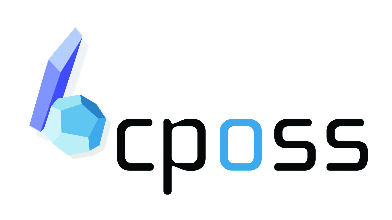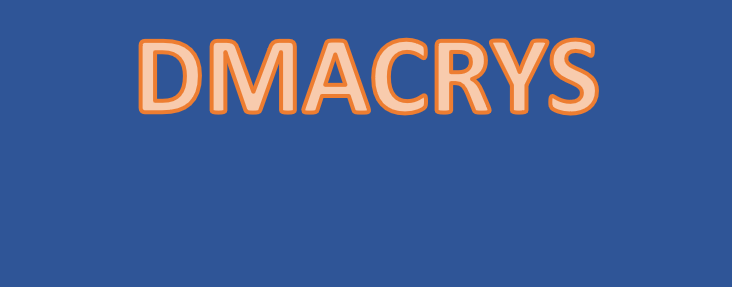




VConf
VConf is a programme that is useful for a preliminary investigation into the conformations of a molecule. It is not very accurate, but for a very flexible molecule can give you a more comprehensive idea of where to start than a search of the CSD would. Obviously, all potential minima should be investigated further with GAUSSIAN.
It was written as a conformational search program for ligands, and was recommended to Sally by Prof Chai-en A Chang, University California Riverside, (chianenc@ucr.edu) during her visit to the US in July 2012. It is licensed to the group for research until Aug 2013, (see license.txt).
The full user manual is available at http://www.verachem.com/vconf_v2.pdf
The input file
The input file is in .sdf format. This can be saved from Mercury (File > Save As > MOL files (*.mol, *.sdf, *.sd, *.mdl) > change the file extension to .sdf). If you save as .mol and rename later to .sdf you get a different format.
The format of this needs editing a bit to work with VConf, as described in this file. The first section describes the origin of the input file (usually a CCDC deposition). The second section describes the atoms. The third section describes the bonds.
Atoms
For each atom you have the following information
- x coordinate of starting conformation
- y coordinate of starting conformation
- z coordinate of starting conformation
- Element
- mass difference (if you have isotopes)
- charge
- 0 = uncharged
- 1 = +3
- 2 = +2
- 3 = +1
- 4 = doublet radical
- 5 = -1
- 6 = -2
- 7 = -3
- chirality (R=1, S=2, either=3)
- hydrogen count + 1 (you can have 0 here and it will include the explicitly drawn hydrogen atoms, but this might be useful for CSD structures without hydrogen atoms)
- stereo care box
- valence
- HO designator
- not used
- not used
- atom-atom mapping number
- inversion/retention flag
- exact change flag
To get you started, just copy the following to after your element label (which is I have assumed is 1 character long so ensure you remove one of the leading spaces if you have a 2 character element label). You WILL be overwriting a number if you are working with Mercury output, and this is the charge on the atom.
0 0 0 0 0 0 0 0 0 0 0 0
Change any charges or chiralities if you want.
Bonds
For each bond you have the following information
- 1st atom number
- 2nd atom number
- bond type
- 1 = single
- 2 = double
- 3 = triple
- 4 = aromatic
- 5 = single or double
- 6 = single or aromatic
- 7 = double or aromatic
- 8 = any
- bond stereo, where the pointed end of the stereo bond is at the first atom
- 0 = not stereo (or x, y, z used to determine cis or trans for double bonds)
- 1 = up
- 4 = either
- 6 = down
- 3 = cis or trans double bond
- not used
- bond topology
- reacting centre status
To get you started, just copy the following to after your bond order
0 0 0 0
According to Sally's notes, aromatic bonds are not accepted, so change any aromatic rings to alternate between single and double bonds. This has not been tested by Louise
Running VConf
VConf in installed on blackadder and can be run using the command
/usr/local/vconf/vconf_v2_acad/vconf.exe *.sdf
There are a number of options that can be changed in the run.
| -ns xxx | changes the number of search conformations considered |
| -e xxx | conformations above xxx kcal/mols will not be reported |
The output files
There is a .log file that tells you
The *_vconf.sdf file is the lowest energy conformation found in the search.
The *_confs.sdf file lists all the conformations in order of energy. It is very useful to edit this in vi first to change the names of the molecules. The $$$$ line separates each conformation, and the following line is the title of the molecule, which is visible in Molden. The VConf output has these all with the same name.
© UCL Chemistry Department 2022. This page was last updated on 17 August, 2022. If you have any problems with this page please email the WebMaster